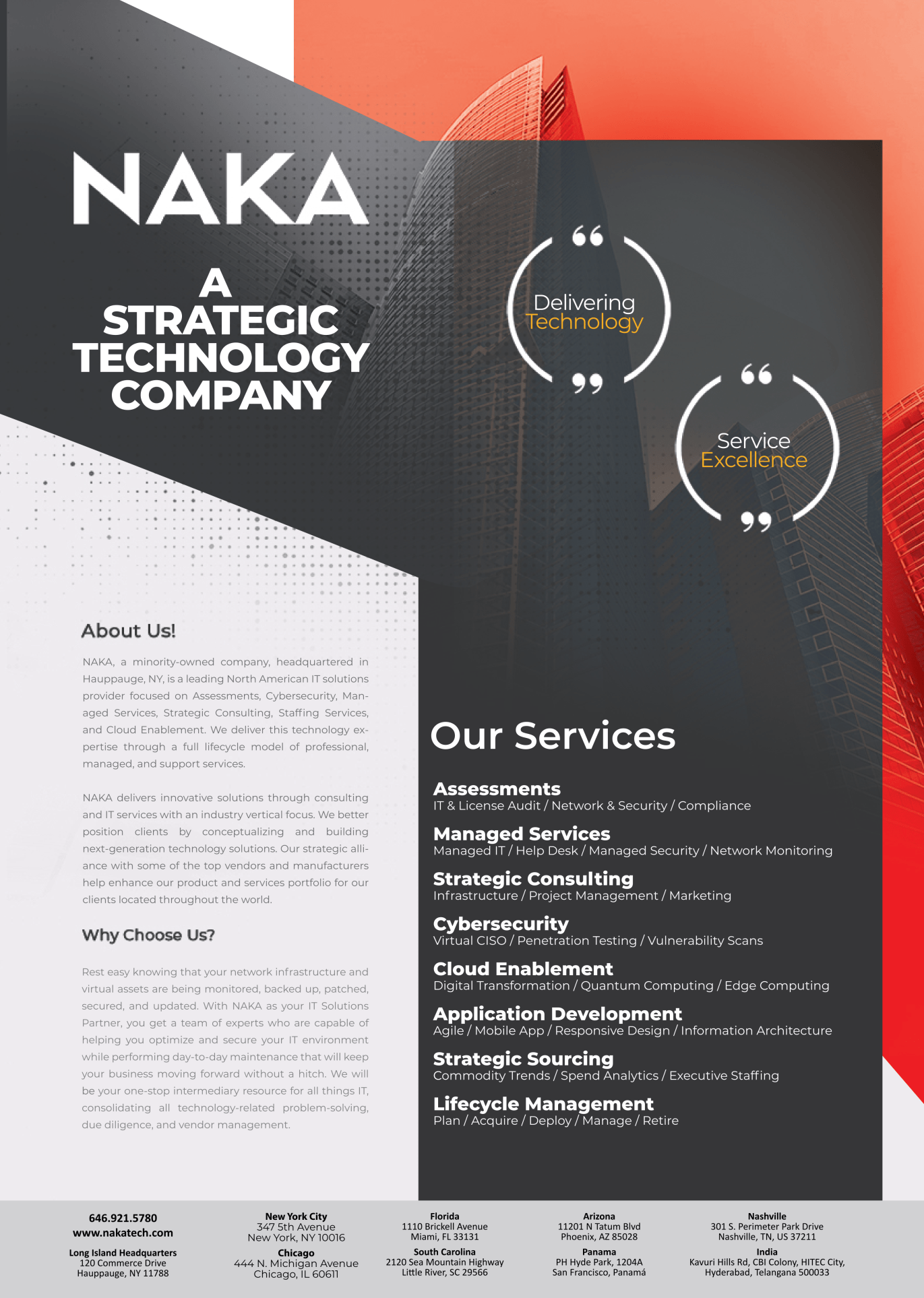Basics to Know About Robotic Process Automation

Basics to Know About Robotic Process Automation
The reformation introduced by technology and advancement in the technology industry has
led to some of the major shifts of the century. Business models have changed and the pandemic has deeply impacted the workforce. The automation sector has been a lifeline allowing businesses to establish and re-establish themselves. Since 2016, RPA has shown a high surge in demand.
What is RPA?
Robotic Process Automation (RPA) refers to the use of software robots that can mimic a person’s digital desktop activities, simply some software that can handle tasks of a human or can assist the tasks that an individual does digitally.
Hundreds of routine operations are being carried out by RPA. The list includes repetitive operations like routine office work, filling in the same information, data entering, etc.
With advantages, there are several misconceptions about RPA. One highly popular is that it replaces human work. This belief is against the principle of the automation process, rather it makes your work easier and saves time, increasing efficiency and productivity.
How Does Robotic Process Automation Works?
Robotic Process Automation is employed in all major industries including Healthcare, Accounting, Supply Chain Management, Customer service, Human resources, and Financial Services.
The fundamental functioning of RPA is divided into four phases:
The Planning Phase
The planning phase entails gathering the processes that will be automated, selecting test objects, and establish the operational framework.
The Development Phase
The development phase entails the creation of automated workflows in accordance with the agreed-upon plan.
Deployment and Testing
The deployment and testing step is the final phase, which reveals any unforeseen disruptions and provides assurance, that the product is bug-free.
Service and Management Phase
This phase guarantees that the system is updated regularly, with a smooth rollout to all users. As the RPA does not have the abilities a human can have, it follows the instructions given or stored to perform tasks.
RPAs are applied to perform two types of work, one is called Assisted which means wherever there is a requirement of the task assigned to the bot or the the software they will perform the task simultaneously to that of a user.
The other task type is Unassisted or Unattended. In this case, the software works in the background 24/7 to assist the user and bring out the results following the activity happening in the system. This is done with the help of machine learning and Artificial intelligence.
Benefits of RPA
RPA has numerous benefits. The first major benefit is cost-efficiency. By reducing processes and improving precision, a business can gain cost efficiencies.
Another major benefit of RPA is the enhancement of productivity and efficiency. It allows the employees to concentrate on jobs that involve insight, imagination, and emotional intelligence rather than mundane tasks.
Reduction in running costs is another added advantage. RPA has resulted in lower training costs, more efficient use of IT resources, and easier software migration.
According to NASSCOM, RPA has reduced the cost by 65%, has saved an abundance of time in terms of delivery, and increased customer satisfaction significantly.
Since the introduction of Robotic Process Automation, it has seen a huge demand and industries are relying on this technology for their minimal tasks. This has created a lot of space and time for employees to work on things that involve critical thinking. RPA has proven a potential technology for the future.



